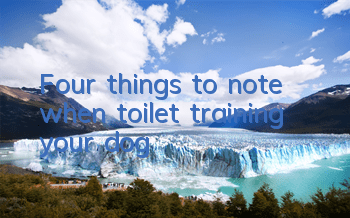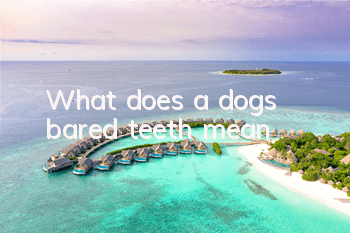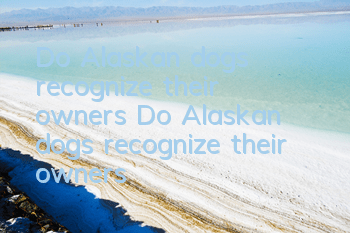What should I do if my dog’s teeth are yellow?
Sometimes dogs come to you enthusiastically and make love to you and lick you non-stop, but unfortunately there is a pungent smell in their mouths, which makes people feel nauseous. In fact, it is a very important cause of bad breath. The reason is the lack of correct and timely cleaning on daily basis. Yellow or even green tartar and tartar accumulate on the teeth. They will stink, and in severe cases, they can cause gum inflammation, periodontal disease, etc.
How to make the dog have a row of clean teeth and no bad breath when panting, that is the responsibility of all dog owners. Please imagine, if we don’t brush our teeth for several days or even months, what will happen to us? How smelly will your mouth be?! The same goes for small animals. Of course, brushing twice a day is ideal, but twice a week is also fine.
Generally, many dogs don’t like brushing their teeth, so we’d better try a small gauze to gently rub their teeth when they are a few months old, so that they can slowly get used to it, and then switch it to just for dogs in the future. Small toothbrushes, the toothpaste we usually use cannot be used on dogs, because ordinary toothpaste will foam, and dogs cannot spit out the foam like us. If swallowed, it will cause stomach discomfort. We should buy a dog toothbrush. Special toothpaste, which also comes in different flavors (such as chicken, beef, etc.), which puppies generally like.
Just like people, dogs also need regular dental check-ups. It is recommended that dogs develop the habit of receiving dental checkups from an early age. To keep your dog's teeth healthy, brush your dog's teeth regularly or let him chew uncooked bones. Note that cooked bones are easily chewed into pieces and may become clogged in the dog's large intestine, so they should not be chewed.
Methods for dog dental care:
1. Promote oral health
Contact your veterinarian for a thorough oral examination. Your pet may need a dental cleaning, which, like people, requires professional attention. Your pet will need to be anesthetized for dental cleaning. Anesthesia can reduce the associated risks. If you have any concerns about anesthesia, please discuss it with your veterinarian.
2. Home care
A toothbrush is a very effective way to remove tartar. Most veterinarians' introduction to oral hygiene will often include brushing your pet's teeth. It is very important that the toothbrush is soft and shaped to fit your pet's mouth and teeth. Pet toothpaste has a scent that can be absorbed without rinsing. Avoid using human toothpaste and sodium bicarbonate, as these often contain ingredients that your dog will find intolerable.
If you are unable to brush your pet's teeth, your veterinarian will introduce an antibacterial cleaner or cleaning cream to your pet. This is specially made for pets and will slowly remove buildup from teeth with daily use.
3. Diet
Diet is the main factor causing tartar and calculus. Soft or sticky substances can form plaque and cause disease around the teeth. Dry diets and crackers, and newly prepared foods can help remove plaque from your teeth. Additionally, dog chews can also be used on cats and dogs. A great way to chew on dog chews is to chew on them when you're not brushing his teeth. However, only a toothbrush can remove plaque and food residue from your teeth. Dental plaque can cause bacteria to multiply and cause inflammation and infection.








